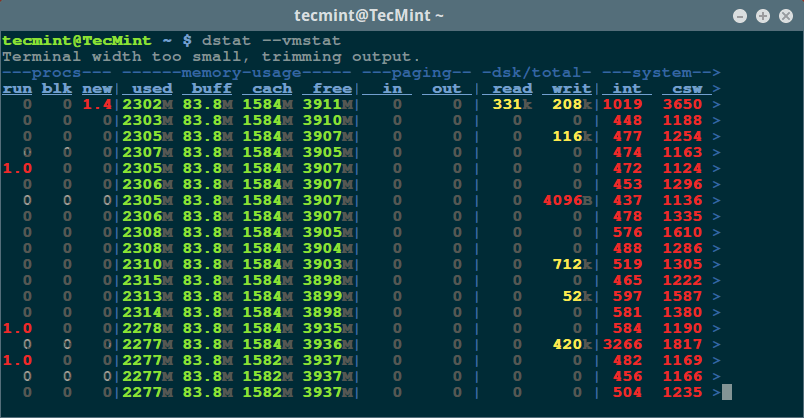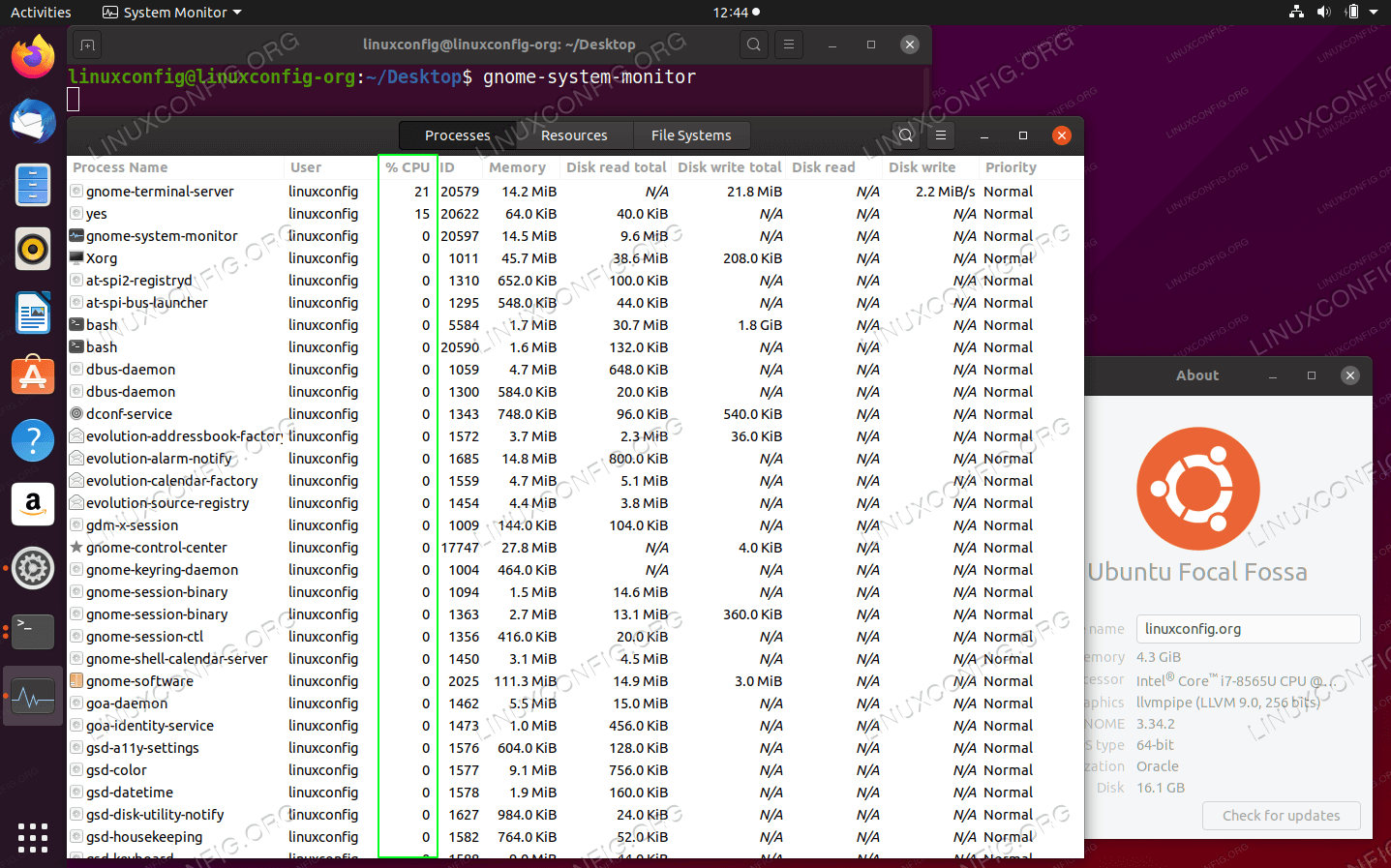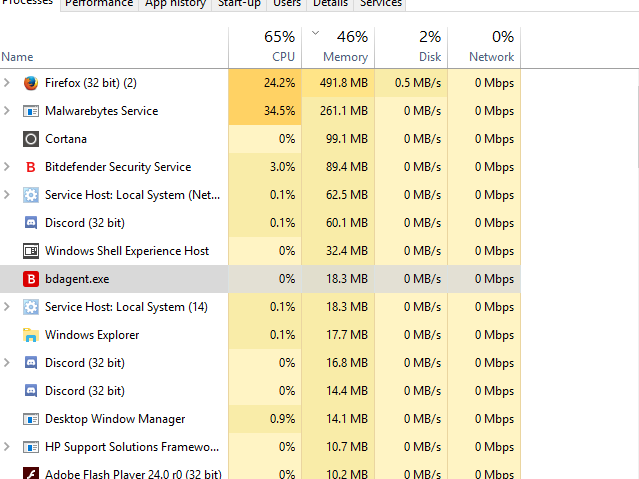
GCP showed a high CPU warning for the instance on the Google Console page. It runs once a day and scans the server files for viruses. The only thing that I could think of that could have caused the problem was ClamAV anti virus. Recently a server that I had been managing on GCP was suspended because of “suspicious activity”. Some hosting providers like Google Cloud Platform (GCP) automatically shut down your server if the CPU and Memory usage appears suspicious. the output of bc command is saved to memory_available variable memory_available = $( echo "( $available*100/ $total)" | bc )ĬPU and Memory monitoring is very import on production servers. the second column of this row is then extracted and saved to total variable total = $( awk '/MemTotal/ ' < /proc/meminfo ) # the formula for calculating percentage of available memory is piped to bc command. The following bash command returns the CPU usage: Monitoring CPUĬPU usage can also be monitored with the top command which is part of most Linux distributions. A notification email may be sent in case usage exceeds a given threshold. The contents of these files can be checked on a regular basis from a simple script.

The files /proc/cpuinfo and /proc/meminfo provide information on CPU and Memory respectively. It contains information provided by the kernel, including information on CPU and RAM usage. Linux based operating systems provide the virtual file system /proc. He may also want to get a notification by Email or SMS so he can take action before his system is damaged. It provides valuable information that can be used in resource planning and alert notifications.įor example if CPU and Memory usage is consistently high then the system administrator may want to consider moving his system to a server with more resources. This is due to the alignment of top and provides much cleaner output: cut memory_raw -d',' -f3 | tee memory_used_withlabel.txtĬut memory_used_withlabel.txt -d' ' -f3 | tee memory_used.CPU and Memory monitoring is an important system administration task. As we later found out, it is much faster to leave out the cut command during data acquisition, then perform the cut command on the output file later.Īlso, we had no need for timestamps in our tests.īegin Logging: top -bd 0.1 | grep 'KiB Mem' | tee memory_raw.txtĢ levels of cut (filtering), first by comma, then by space.

It does turn out that piping through cut cause MASSIVE delay in getting anything out to file. In my case I wanted to use top also because you can run memory stats faster than 1 second per capture, as you can see here I wanted to capture a stat every 1/10th of a second.

The user can indeed modify the 0.1 to another number in order to run different capture sample rates. The standard output from top when grep ing with Kib Mem is: KiB Mem : 16047368 total, 8708172 free, 6015720 used, 1323476 buff/cacheīy running this through cut, we filter down to literally just the number prior to used

OR: top -bd 0.1 | grep 'KiB Mem' | cut -d' ' -f10 | tee memory.txt So here is the answer that I came up with: top -bd 0.1 | grep 'KiB Mem' | cut -d' ' -f10 > memory.txt all will seem to output without excess filtering. So I know that I am late to this game, but I just came up with this answer, as I needed to do this, and really didn't want the extra fields that vmstat, free, etc.


 0 kommentar(er)
0 kommentar(er)
